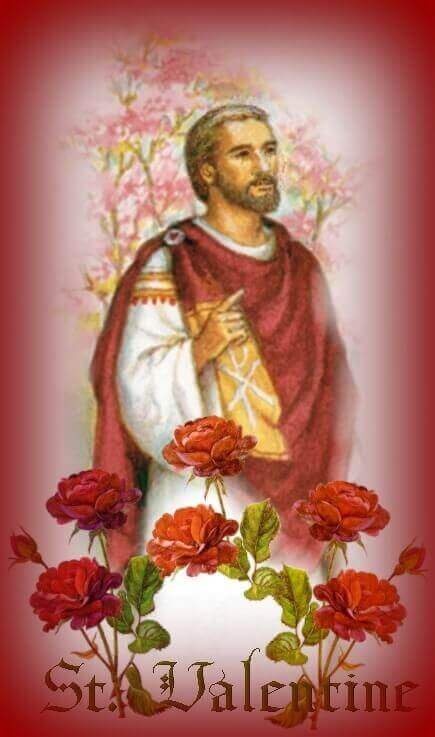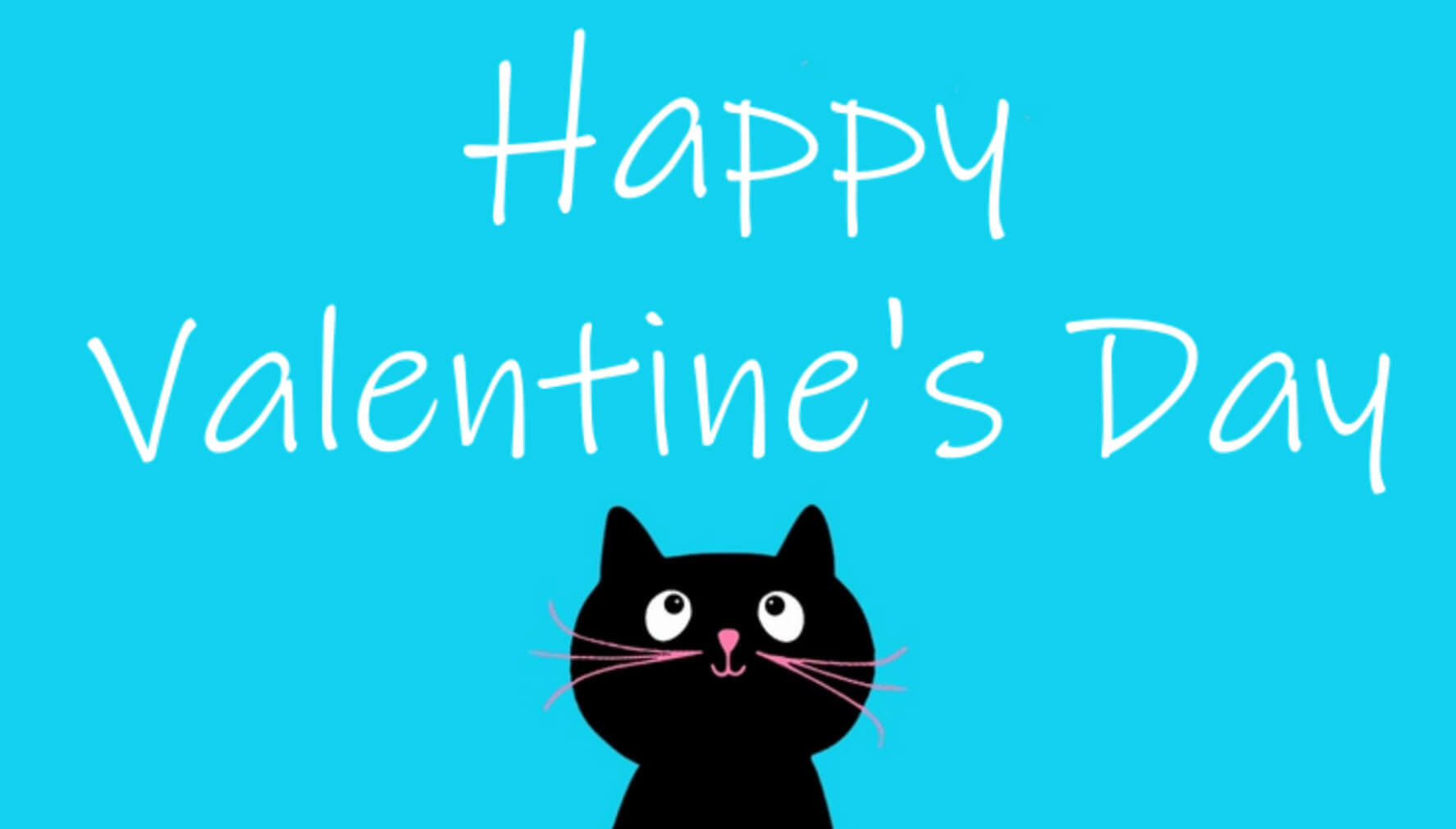Discover diverse Valentine’s Day traditions worldwide! From love notes to romantic dinners, explore the most cherished customs that celebrate love.

Valentine’s Day, also known as Saint Valentine’s Day, is a holiday celebrated on February 14th each year. It is a day to express love and affection towards others, typically romantic partners. Some of the most commonly observed Valentine’s Day traditions and customs include:
- Giving gifts: This is one of the most popular traditions on Valentine’s Day, where people give gifts such as flowers, chocolates, jewelry, and cards to their loved ones.
- Sending Valentine’s Day cards: Another traditional way to express love on Valentine’s Day is by sending a card to a loved one, either in the form of a traditional paper card or an e-card.
- Having a romantic dinner: Many couples choose to celebrate Valentine’s Day by having a special romantic dinner, either at home or at a restaurant.
- Wearing red: Many people wear red clothing or accessories on Valentine’s Day as it is a traditional color associated with love and passion.
- Giving flowers: Giving flowers, particularly red roses, is a popular Valentine’s Day tradition as a way to express love and affection.
- Proposing marriage: Some people choose to propose marriage to their significant other on Valentine’s Day as it is seen as a romantic day.
- Spending time together: Many couples choose to spend quality time together on Valentine’s Day, whether it be going out on a date or staying in and watching a movie together.
- Expressing love through social media: With the rise of social media, many people choose to express their love and affection through posts and messages on platforms such as Facebook, Instagram, and Twitter.
- Giving homemade gifts: Some people choose to make a homemade gift for their loved ones on Valentine’s Day as a way to show their creativity and personal touch. Homemade gifts can range from baked goods, homemade crafts, or even a heartfelt letter expressing one’s feelings. It is a thoughtful way to show love and appreciation.

Saint Valentine
Looking for Dates
Looking for dates can refer to searching for potential romantic partners. This can be done through various means such as online dating apps, social events, meeting through friends, or even just approaching someone in person. It is important to keep in mind personal safety and boundaries when looking for dates, and to make sure that communication is clear and respectful. Many people also tend to use dating apps, like Tinder, Hinge, OkCupid, Bumble etc. to find potential matches.
Wishing ‘Happy Valentine’s Day’ to everyone we love
Wishing ‘Happy Valentine’s Day’ to everyone we love is a common tradition on Valentine’s Day. It is a way to express love and appreciation to those who are important to us, whether it be romantic partners, family, friends, or even colleagues. People often use various ways to express their wishes, such as sending cards, making phone calls, sending text messages, or posting on social media. It is a day to celebrate love and affection and to let the people around us know that they are important to us.
Valentine’s Day, custom of exchanging notes
The custom of exchanging notes on Valentine’s Day, also known as “Valentines,” is a tradition that dates back to the Middle Ages. People, particularly young people, would write love notes and poetry to express their affection for someone. These notes were often anonymous, adding an element of mystery and intrigue to the exchange. Today, the custom of exchanging notes has evolved to include sending cards, either in the form of traditional paper cards or e-cards. Many people choose to express their feelings through heartfelt messages and words of love. This tradition is still popular today and is a way for people to express their affection for their loved ones in a personal and meaningful way.
The tradition of Valentine’s Day to exchange gifts
The tradition of exchanging gifts on Valentine’s Day is a popular one that has been around for centuries. It is a way for people to show their love and affection to their significant others, family, and friends. The most common gifts associated with Valentine’s Day are flowers, chocolates, jewelry, and cards. Flowers, particularly red roses, are a popular choice as they are a symbol of love and passion. Chocolates are also a popular gift, as they are a sweet treat and can be a romantic gesture. Jewelry, like a ring or a necklace, is also a common gift as it can symbolize eternal love. Cards, whether traditional paper cards or e-cards, are also a popular way to express one’s feelings on Valentine’s Day. The gifts can be thoughtful or extravagant, the most important thing is the intention behind the gift.
An occasion for dinner and wine
Valentine’s Day is often considered a romantic occasion and many couples choose to celebrate by going out to dinner and having a glass of wine together. This tradition is often associated with the idea of a special and intimate night out with one’s partner, where couples can spend quality time together and enjoy each other’s company over a delicious meal and a bottle of wine. Dining out on Valentine’s Day can be a memorable and special experience for couples, and it’s a great way to celebrate the holiday. Many restaurants offer special Valentine’s Day menus and wine pairings, which are designed to create a romantic atmosphere and enhance the dining experience. This tradition is popular among couples, but also groups of friends and families can do it too, as it’s a way of celebrating the love they have for each other.

Source : Pixabay.com
Valentine’s Day celebrations in schools
Valentine’s Day celebrations in schools typically involve students exchanging cards, cand and small gifts with their classmates. Many schools also have special events and activities planned to celebrate Valentine’s Day, such as decorating classrooms, having a Valentine’s Day themed art or writing contest, or a school-wide Valentine’s Day party. Some schools also have a tradition of allowing students to give a small gift or card to their teachers as a way of showing appreciation.
It is also common for students to exchange Valentine’s Day cards with one another. These cards are often decorated with hearts and other symbols of love, and can be bought or made by the students themselves.
It is important to note that some schools have different policies and traditions regarding Valentine’s Day celebrations, and some may not allow certain activities or celebrations to take place due to cultural or religious reasons.